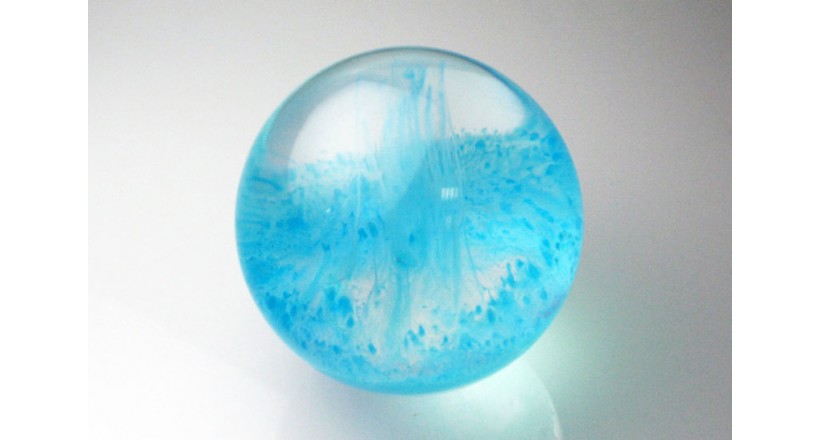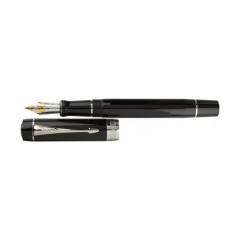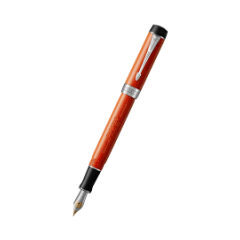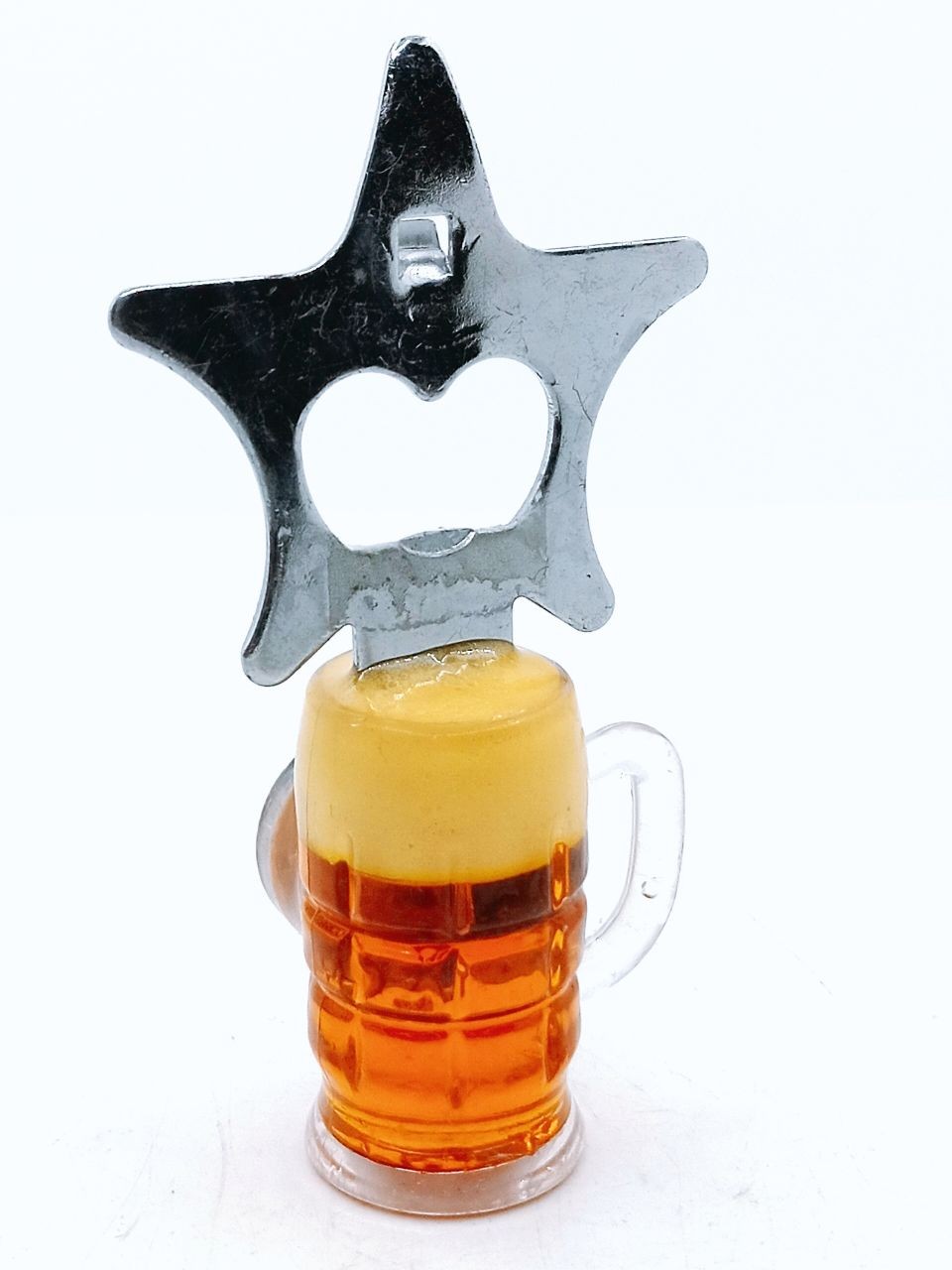Cast Acrylic is a form of poly(methyl methacrylate) (PMMA). It is formed by casting the monomer, methyl methacrylate, mixed with initiators and possibly other additives into a form or mold. Sheet and rod stock are generated by casting into static forms, while tubing is done in rotational molds.It has better thermal stability, higher resistance to crazing (when a network of very small cracks form) when exposed to solvents, wider thermoforming range than extruded acrylic. Cast acrylic has a better ability to be reworked hot and it is known for its superior surface finish and optical properties. Also cast acrylic is more scratch resistant than extruded acrylic. Cast acrylic is also preferred over extruded in applications that require machinings, such as turning on Engine Lathe or milling/drilling. Extruded acrylic, with far less thermal stability, tends to melt and clog cutting tools. Even with slow speeds and lots of coolants, extruded acrylic does not produce the surface finish and tight tolerances achievable with cast acrylic.
Advantages of Acrylic: Excellent optical clarity & transparency Highly resistant to variations in temperature Up to 17 times the impact resistance of ordinary glass Half the weight of glass and ideal for precision machining Highly resistant to many different chemicals Acrylic (PMMA*) has certain properties making it an ideal material for use in a wide range of applications, including medical, life sciences and food/beverage testing.
PMMA – PolyMethyl MethAcrylate. Crylux, Plexiglas, Acrylite, Lucite, and Perspex are trade names for Acrylic.







